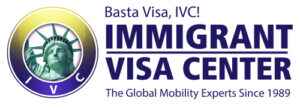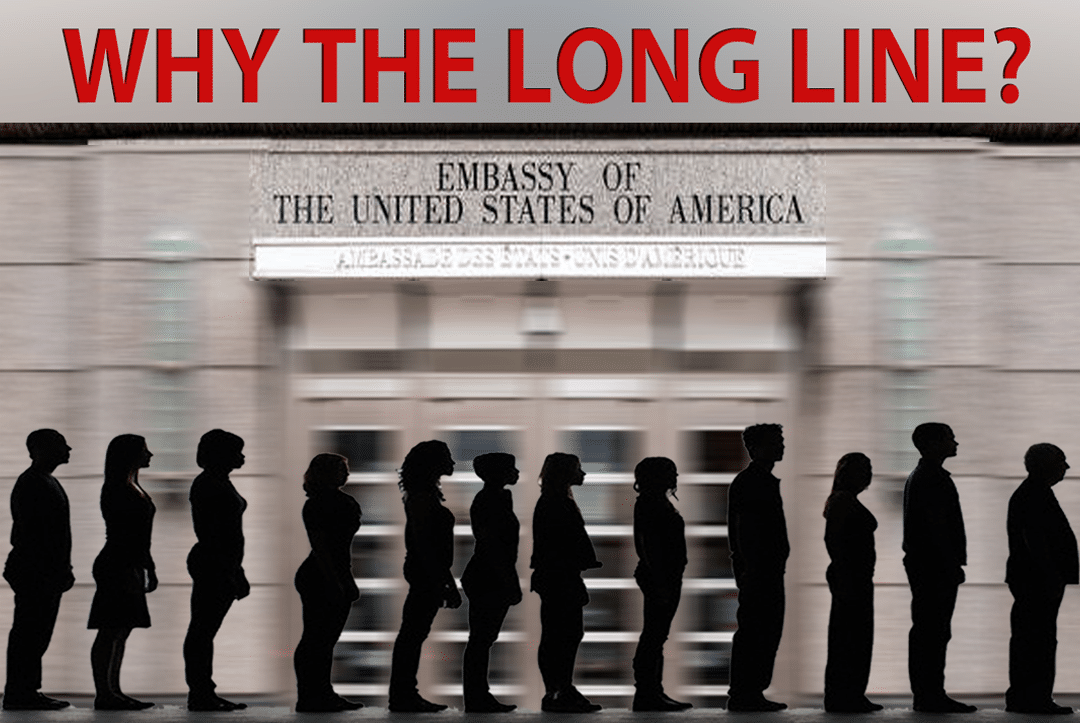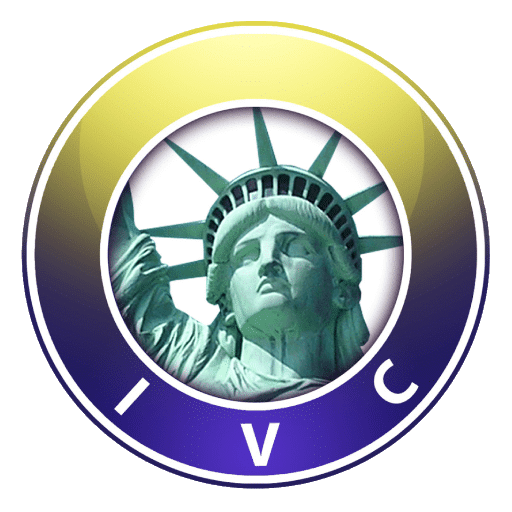
This post contains information for Internationally Qualified Nurses (and Midwives) to learn the basics of how to apply as a nurse to Australia. If you intend to immigrate to Australia, you must first complete registration with Australia’s Nursing and Midwifery Board, or NMBA. Then, you must have your skills assessed by the Australian Nursing & Midwifery Accreditation Council (or ANMAC).
Once you have finished with processing at NMBA and ANMAC, then you may submit an Expression of Interest (EOI) online through SkillSelect.
You must apply for NMBA registration if you studied outside Australia.
To work in Australia as a Registered Nurse or Midwife, you must apply and be registered with the NMBA. As an Internationally Qualified Nurse or Midwife, or IQNM, you must meet the following NMBA requirements for registration:
- Registration standards and
- Qualification assessment criteria.
The NMBA assesses and evaluates your nursing and midwifery credentials whether these are “substantially equivalent to an Australian qualification.” If the answer is yes, you may finish the registration process for IQNMs.
IQNMs must undergo an Outcomes-Based Assessment.
The OBA is an acronym for Outcomes-Based Assessment. It is the assessment procedure if you wish to register in Australia. You must meet the mandatory registration standards to qualify to take the OBA. At the very least, your assessment will be as holding relevant but not substantially equivalent qualifications.
The OBA has replaced the Initial Registration for Overseas Nurses programs or IRON programs. As an assessment process, the OBA has two stages which are:
- A multiple-choice question exam or MCQ.
- An objective structured clinical exam or OSCE.
You must pass the MCQ before moving on to the OSCE. The OSCE assesses your behavior to check if you possess the knowledge, skills, and competence of a graduate level Australian nurse.
Before you even take the first step, check if your credentials meet the qualification criteria.
There are three qualifying criteria you must meet.
- If you hold registration in the country where you completed your qualification as a nurse, then you passed the first criterion.
- Check the following lists to see if you pass the second criterion for quality assurance and accreditation of the education institution you graduated from.
- A qualification from the following countries are likely to meet the requirements for criterion 2:
- Canada (nursing)
- Hong Kong (nursing)
- Republic of Ireland (nursing and midwife)
- United Kingdom (nursing and midwifery)
- United States of America (nursing and midwifery)
- Qualifications from the following countries may meet the requirements for criterion 2:
- Belgium Flanders (nursing and midwifery)
- Chile (nursing)
- Hong Kong (midwifery)
- Pakistan (nursing and midwifery)
- Papua New Guinea (nursing)
- Singapore (nursing and midwifery)
- If you did not graduate from any of the counties listed above, then you are unlikely to meet the requirements for criterion 2.
- A qualification from the following countries are likely to meet the requirements for criterion 2:
- The third criterion is whether your academic level of qualification is comparable at least to an Australian Bachelor Degree at level 7 (registered nurse or midwife) or Australian Diploma level 5 (enrolled nurse) of the Australian Qualifications Framework.
Take a Self-check if you want to move forward on an application for registration to the NMBA.
NMBA’s system will assign you to a stream upon completing the Self-check. Before you begin, you must prepare your credentials and pay the non-refundable fee of AUD640. Your designation will depend on the qualification assessment criteria you meet as an IQNM.
- You will be classified as Stream A if your qualifications are substantially equivalent to that of a Registered Nurse or midwife.
- If NMBA considers your qualification relevant as a nurse or midwife even if you don’t have similar competencies, you will be qualified as Stream B.
- Your credentials will be assessed as Stream C if your qualification is not substantially equivalent or relevant to that of a nurse or midwife.
The assessment stages toward NMBA registration is different for IQNMs in each stream. If you belong to Stream A or Stream B though, NMBA will consider you a candidate. You may then proceed to the IQNM assessment process.
If you have already been assessed by AHPRA, proceed to the Self-check.
Take a Self-check with the Nursing and Midwifery Board of Australia if the Australian Health Practitioner’s Registration Authority (or AHPRA) has assessed your credentials. The system will then advise you of the steps you must complete before applying for registration.
Your qualification will not be available as a selection if you have not had AHPRA assessment. However, you can still take the Self-check. You must indicate that you haven’t had the AHPRA assessment first. The system will then advise you of the steps you must complete to have your qualification assessed for NMBA registration.
Being qualified for registration doesn’t mean you can just enter Australia.
If you are applying for work or skilled immigration, you may need a visa issued by the Department of Home Affairs, or DHA. For a successful sponsorship and visa application, you must meet other eligibility factors for the sponsorship and visa applications.
Some people want to check for themselves how an application in Australia would go. Learn how to apply for a Visitor’s Visa to Australia before filing an application.
You must upgrade your credentials if you are assessed under Stream C.
As an IQNM, you will need to prove that you meet the NMBA mandatory registration standards. Based on section 53 of the National Law, you must upgrade your qualifications before NMBA considers you eligible to apply for registration. You must complete an NMBA-approved program of study in Australia or another country where the qualification meets the assessment criteria.
If you hold a current referral to a bridging program, you may request a referral from AHPRA to the OBA instead.
The Australian Nursing & Midwifery Accreditation Council oversees the assessment procedure for migration.
If you intend to practice in Australia, you must apply as an internationally qualified nurse to the NMBA. Plus, if you are applying for skilled immigration, you must apply to the Australian Nursing & Midwifery Accreditation Council for skills assessment. The council, also known as ANMAC, will assess your academic credentials and work experience. There are three types of assessment:
- Modified Skills Assessment. This type of evaluation is for you if you hold current registration as a nurse in Australia or New Zealand.
- Full Skills Assessment. If your registration as a nurse is not in Australia or New Zealand, then this type of assessment is for you.
- Modified PLUS Skills Assessment. This assessment category is for you if you have a “Notice of In-Principle Approval of Registration Subject to Proof of Identity” issued by Australia’s Health Practitioner Regulation Agency of AHPRA.
So, what happens after you complete registration?
Once you have learned how to apply as a nurse to Australia and completed your registration, you have two options.
- You may submit an application under some specific immigration categories. These include Subclass 189 (Skilled Independent), Subclass 491 Skilled Work Regional (Provisional), or Subclass 190 (State/Territory Nominated).
- If you have an employer, you may also qualify under ENS subclass 186 or RSMS subclass 187.
You’ve waited long enough to live overseas. Now, it’s time to finalize your application.









